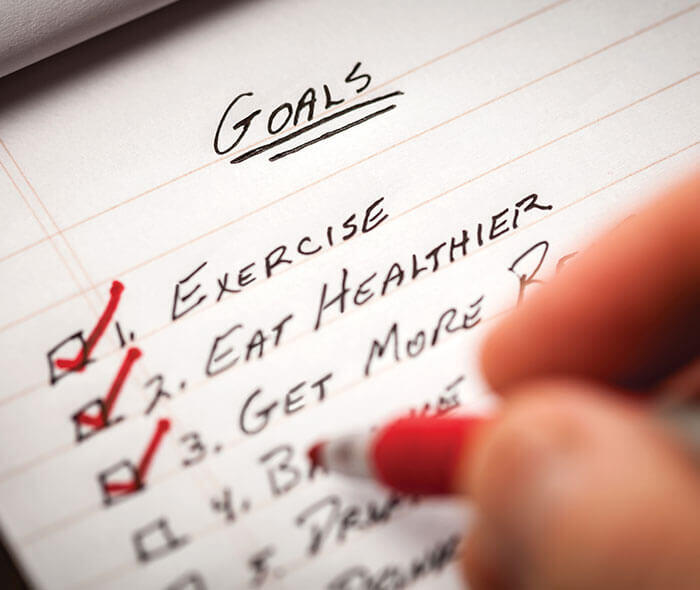What Fuels You?

Self-Service
Nutrition is a topic that’s come to increased prominence in the trucking industry over the last half decade or so, and for good reason. Long-haul driving is an extremely demanding job that sees a lot of employee churn and well publicized shortages, because it can take a heavy toll on truckers of any experience level.
We’ve dedicated a full post about the mental and physical benefits of exercise, and now we need to address the other side of the self-care coin and talk about healthy eating. It’s always been tough for truck drivers to eat well on the road but good health has a direct correlation to well-being and safety, so everyone in our industry needs to do their part to make nutrition a priority and we’re here for it.
Quality or Quantity? Yes!
According the U.S. Centers for Disease Control (CDC), 7-in-10 truckers are considered obese; that’s two times more than all other adult workers in the country. It’s a staggering number, but probably not all that surprising to those behind the wheel. Reaching and maintaining a healthy weight is much more nuanced than just counting calories—it’s also about what you eat and how often you eat.
Many drivers take in a surprisingly small number of calories while working, but then reward themselves with a heavy meal at the end of the day. Following this pattern regularly tricks your body into thinking it’s starving so it starts to store fat in anticipation. There’s an excellent article that explains the issue in greater detail here.
Eating less food doesn’t really matter if truck drivers are eating in a boom-and-bust cycle that includes lots of sugar, salt, and processed meals. Truck stops and service centers have been working to improve the options available to their customers the last few years, and finding healthier options including fresh fruits and veggies—some of which may even come from local farmers—is easier than ever.
So, (and this really applies to everyone,) we know we should be eating better quality snacks and meals at more regular intervals; what now? The key is commitment and routine. Start with this self-assessment from the CDC, then, plan food choices in advance, set realistic daily goals, keep a food journal, set alarms, and read the nutritional information on packaging. Much of this is not new information, but it takes repetition to make new habits stick, so reminders and incorporating any healthier habits, even small ones, can make a big impact.
Most of all, celebrate your victories no matter how small, and show yourself some grace if you slip—nobody’s perfect. You’re doing your best and you’re just getting better.
It’s About the Journey
Simply put, humans weren’t made to sit still for hours on end, day after day. The mental and physical challenge of remaining relatively stationary, but awake, alert and in control of your environment at all times can be exhausting. It’s work that runs counter-intuitive to how we’re built.
Make a plan and start taking small steps. Incremental changes can lead to healthier routines and better eating habits—ones you’re more likely to stick with. Talk with your team about nutrition and encourage everyone to set realistic goals and take action to reach them. Healthier and happier people are good for our industry, our communities, and our families.







